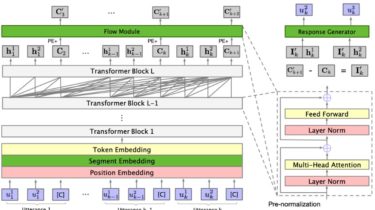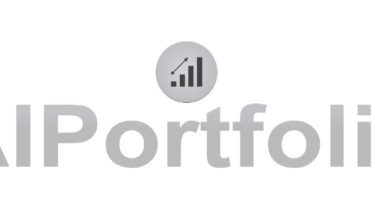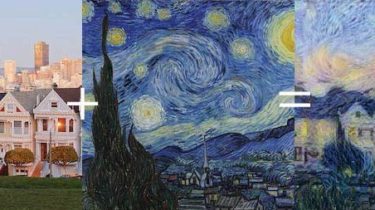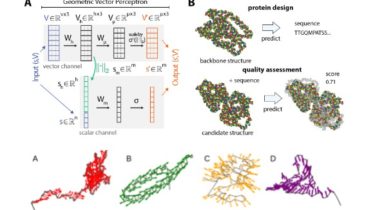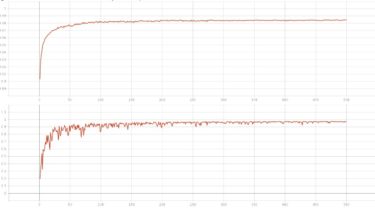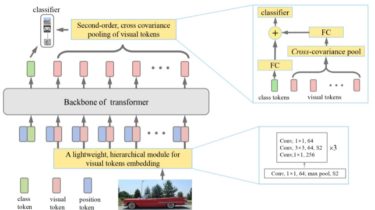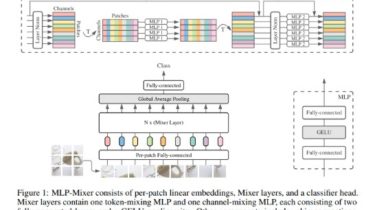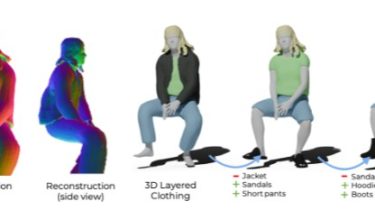Modeling the Intrinsic Information Flow between Dialogue Utterances
DialoFlow This repository contains the code and pre-trained models for our ACL 2021 paper Conversations are not Flat: Modeling the Intrinsic Information Flow between Dialogue Utterances. We propose the DialoFlow, a new paradigm to construct the dynamic information flow in the dialogue history by addressing the semantic influence brought about by each utterance. Besides, we design an automatic reference-free evaluation metric Flow Score based on the pre-trained DialoFlow for interactive dialogue quality evaluation. DialoFlow We will release the code and […]
Read more